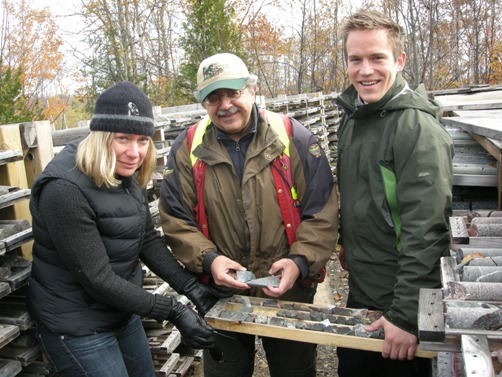http://www.spiegel.de/international/
Mongolia is over four times the size of Germany, with nearly 3 million inhabitants and a GDP of $10 billion (€7.5 billion) in 2012.
British-Australian mining corporation Rio Tinto employs 71,000 people in more than 40 countries and is worth about $60 billion.
These two unequal partners — a poor, potentially rich nation and the second largest mining corporation in the world — have joined together to mine one of the globe’s largest deposits of copper and gold. But will they be capable of distributing this wealth fairly?
The mine in question lies an hour’s flight south of the Mongolian capital Ulan Bator, near the border with China. There is enough copper in the ground here to build the Statue of Liberty more than 800,000 times over. Once the planned mine goes into full operation, it could increase the country’s GDP by a third. It could, at least in theory, bring prosperity to this country where many people still live in simple yurts and huts.
But in practice, the transaction between this global corporation and this country that is poor but rich in raw materials looks quite different. In fact, the project serves as a prime example of what is happening in a growing number of newly industrialized and developing countries.
























